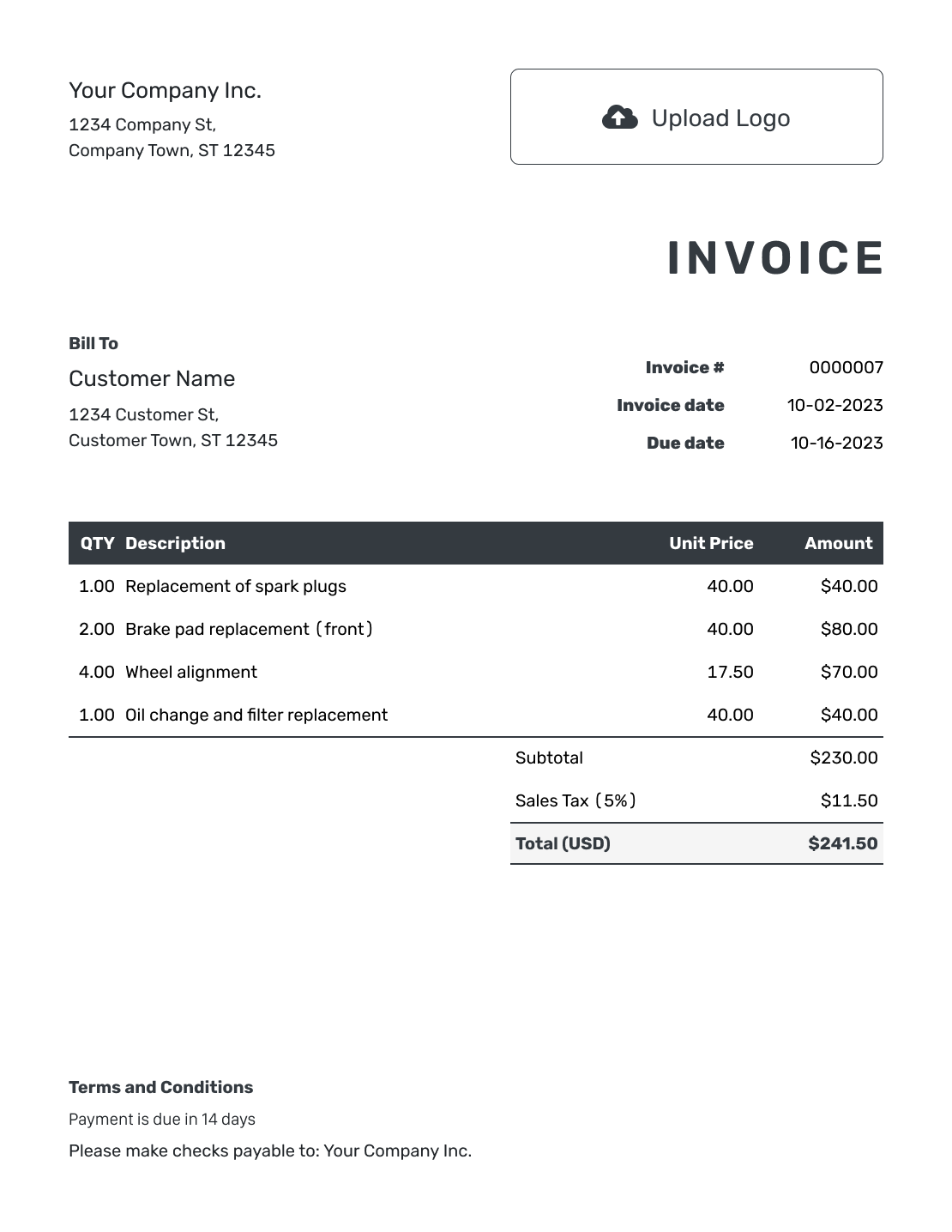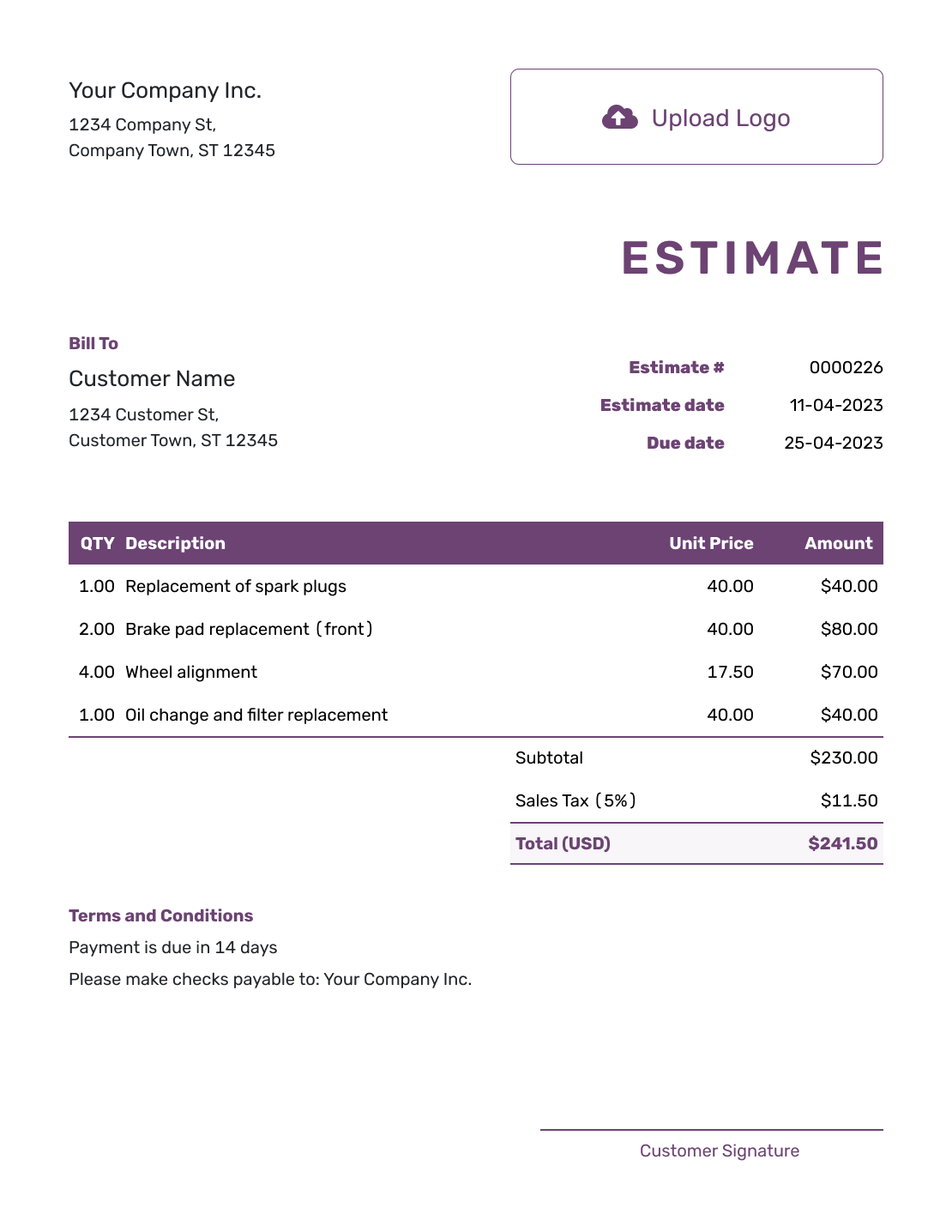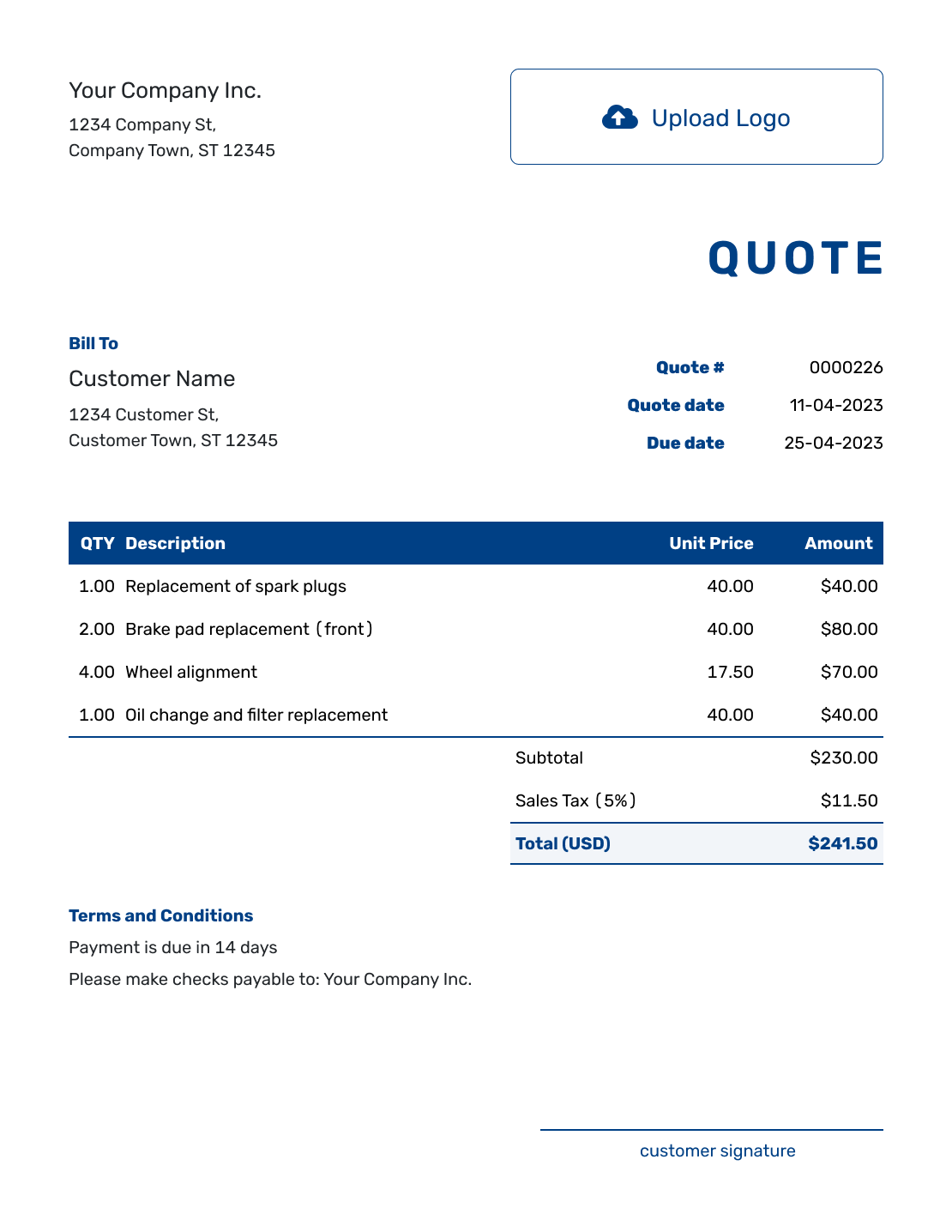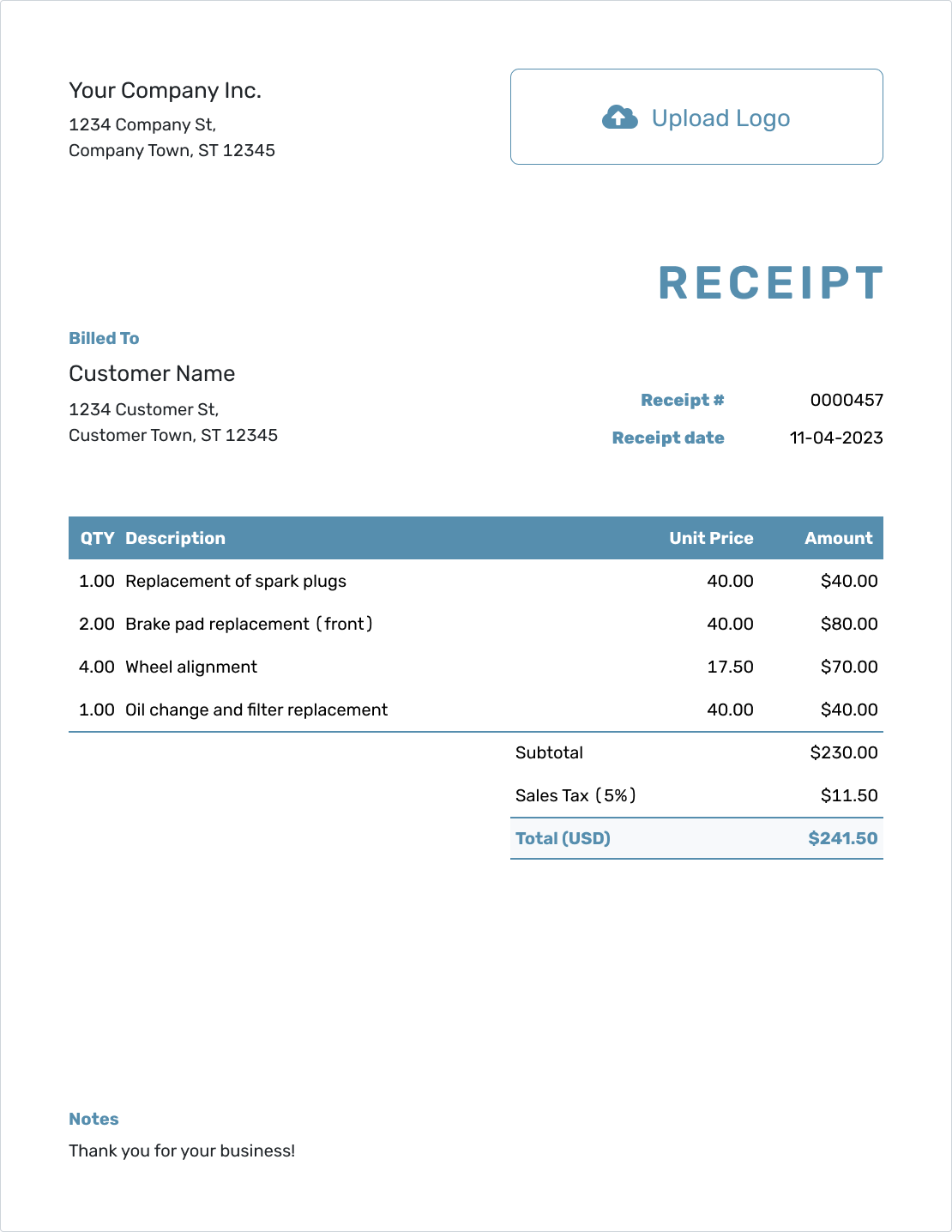Understanding
Net Profit
Est. reading time: 6 min

Net profit may sound complicated, but it's really just about how much money your business keeps after paying all the bills. It's the bottom line—the final amount after you take out all the expenses like rent, utilities, wages, and taxes. In other words, net profit is the real profit your business makes after covering everything it needs to run.
What Is Net Profit?
Net profit is the total amount of money left over after a business pays all of its costs. This includes things like salaries, rent, utilities, supplies, and taxes. You could think of net profit as the true earnings that a business keeps, which can then be used to save, reinvest, or pay owners and shareholders.
Unlike revenue, which is the total amount of money a business brings in, net profit considers everything a business has to spend. It’s the money left over once all those expenses have been subtracted. That's why it’s often called the "bottom line" of the income statement—it’s what’s left after everything is paid.
Why Net Profit Matters
Net profit is a key measure of your business's financial health. It shows how efficient you are at managing costs compared to your sales. If your net profit is positive, it means that your business is making money after covering all of its expenses. If it’s negative, it means that your expenses are greater than your income, which is a warning sign that changes need to be made.
Understanding net profit helps you make better decisions. For example, it can tell you if you need to cut costs, adjust your pricing, or find ways to increase sales. Without understanding your net profit, you could be making money in sales but still losing money after expenses are considered. That's why knowing your net profit helps ensure your business is truly profitable and growing in a healthy way.
How to Calculate Net Profit
Calculating net profit is straightforward once you know your total revenue and expenses. Here’s the formula:
| Net Profit = | Total Revenue - Total Expenses |
Total revenue is the amount of money your business earns from selling goods or services. Total expenses include all the costs of running your business—like salaries, rent, utilities, materials, and taxes. Subtracting these expenses from your total revenue gives you your net profit.
For example, if your business made $100,000 in revenue last year and had $70,000 in expenses, your net profit would be $30,000. This means after all costs were covered, you were left with $30,000 of profit.
The Docelf Advantage
Docelf helps you keep track of your finances, so you can understand your net profit easily. With our tools, you can:
- Create Invoices: Send professional invoices to your customers quickly, keeping your cash flow in check.
- Generate Quotes and Estimates: Provide clear quotes and estimates, making it easier to secure business and keep your projects on track.
- Stay Organized: Keep all your invoices, estimates, and quotes in one place, so you can always see how your business is doing.
Ready to simplify your financial tracking and understand your net profit better? Try Docelf today!




